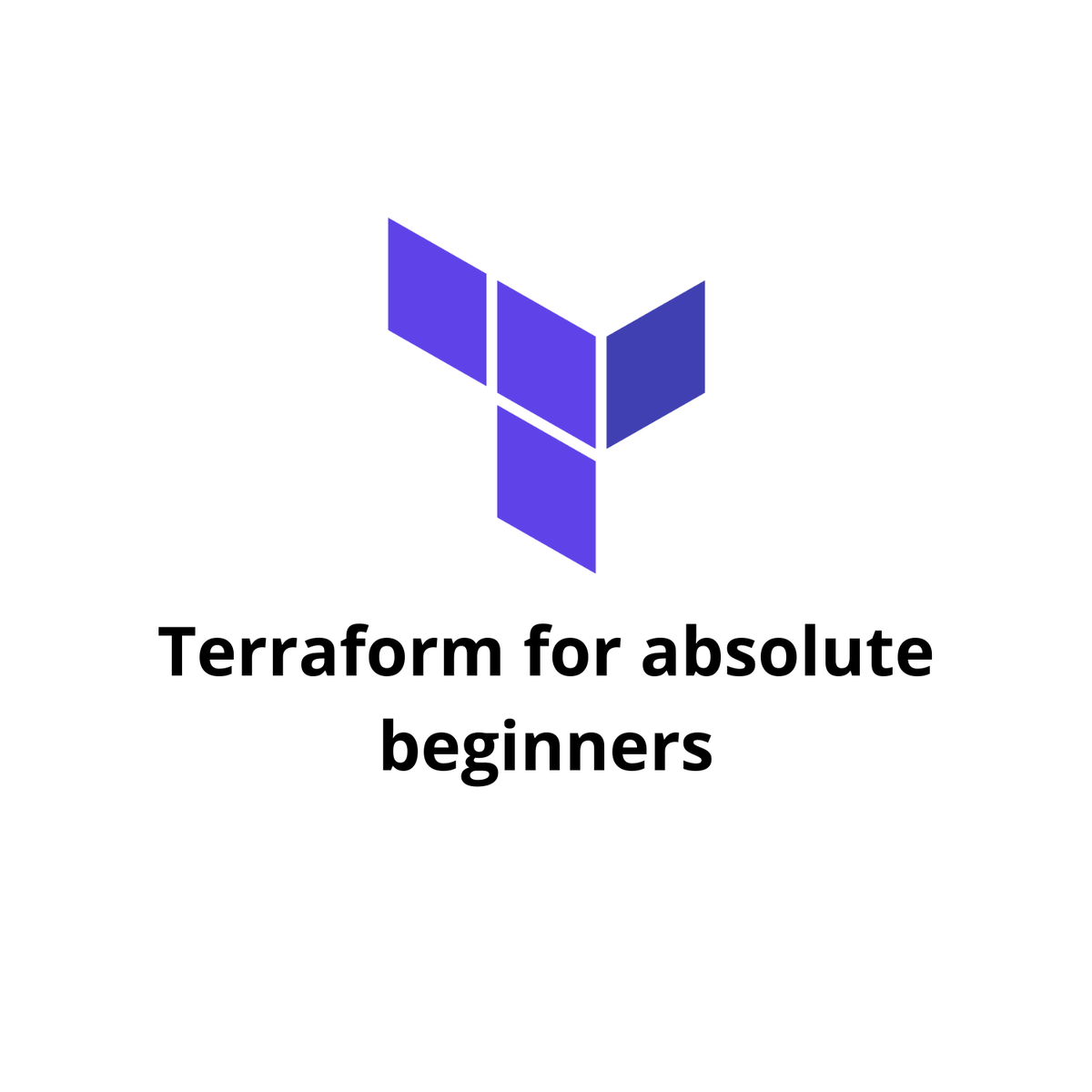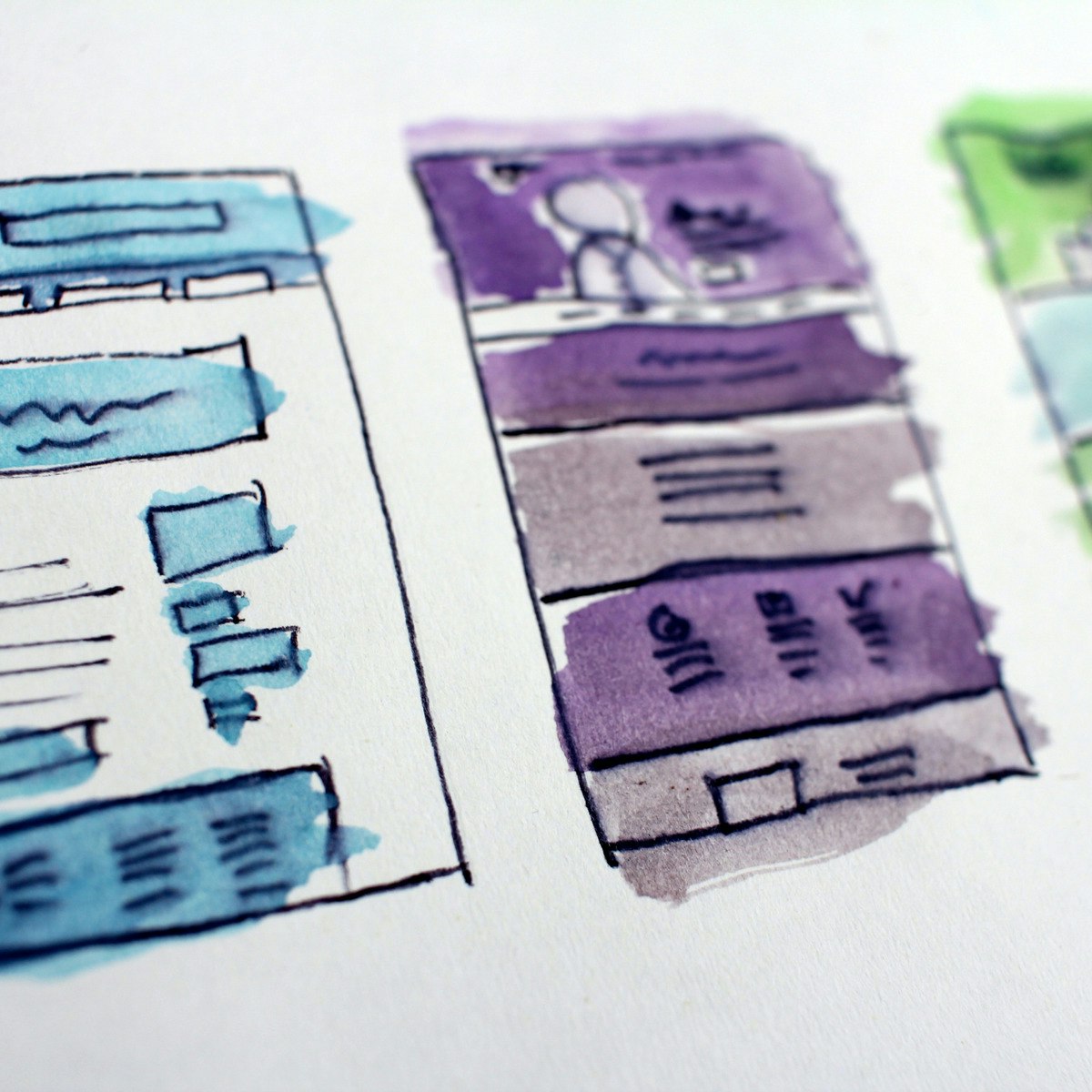Back to Courses









Computer Science Courses - Page 179
Showing results 1781-1790 of 2309

Agile Analytics
Few capabilities focus agile like a strong analytics program. Such a program determines where a team should focus from one agile iteration (sprint) to the next. Successful analytics are rarely hard to understand and are often startling in their clarity. In this course, developed at the Darden School of Business at the University of Virginia, you'll learn how to build a strong analytics infrastructure for your team, integrating it with the core of your drive to value.

Introduction to User Experience Design
The focus of this course is to introduce the learner to User Experience (UX) Design
User Experience design is design that is user centered. The goal is to design artifacts that allow the users to meet their needs in the most effective efficient and satisfying manner. The course introduces the novice to a cycle of discovery and evaluation and a set of techniques that meet the user's needs.
This course is geared toward the novice. It is for learners that have heard about "user experience" or "user interface" design but don't really know much about these disciplines.
The course mantra is that “Design is a systematic and data driven process.” Design is systematic because it is based on a set of techniques and also on a cycle of discovery.
In this course the learner is introduced to the four step user interface design cycle. Along the way learners are exposed to a set of techniques to gather information about a) what the user needs b)how to design and model interfaces based on these and then how to evaluate the design to ascertain that the user's goals are met. These techniques are tools that are used in a standardized manner and give us the data we use in our design.
This means that anyone (regardless of their current training) that is willing to learn these techniques and follow the proposed cycle can be a UX designer!

Design a mobile app interface with Moqups
In this 2-hour long project-based course, you will learn how to create an interaction design flow, design wireframes for all steps of a podcast mobile app (sign in, sign up, user profile, search and sort, play and play controls pages/sections), transform wireframes into mockups.
Note: This course works best for learners who are based in the North America region. We’re currently working on providing the same experience in other regions.

JavaScript Debugging Tips for Beginners
By the end of this project you will have used several techniques for debugging JavaScript code. Locating and fixing errors in JavaScript can be very challenging since JavaScript doesn’t necessarily display error messages. To help with the debugging process, you will practice with a few simple tools, like desk-checking and JavaScript alerts. And, you will be introduced to some of the debugging tools built into the Chrome browser.
Note: This course works best for learners who are based in the North America region. We’re currently working on providing the same experience in other regions.

Using Efficient Sorting Algorithms in Java to Arrange Tax Data
By the end of this project, you will learn how to create an application that sorts Missouri Tax Data into ascending order using a variety of critical sorting algorithms. We will learn how to process a real life data set, and see the difference between various sorting algorithms in memory and time usage. In addition, we will learn how to analyze a sorting algorithm and how to design a readable implementation. Finally, we will cover what circumstance are ideal for each type of sorting algorithm. After completing this project, students will be able to move to more advanced algorithms and data structures.
Sorting algorithms are essential to the creation of powerful and efficient programs, for almost any circumstance when we need to arrange the data for our user in a certain order. Doing this can make it significantly faster for a human, or even computer, to parse and understand this data to make business decisions. We will explore how each of these sorting methods are different and how to implement them. We will also briefly cover how to access these methods using built-in Java functions. In this course we will cover bubble sort, insertion sort, merge sort, selection sort, and quicksort. These five sorting techniques span a variety of efficiencies and use cases in real life. They also all are easy to implement with knowledge of arrays, recursion, and loops in Java.

Terraform for absolute beginners
Terraform allows infrastructure to be expressed as code. The desired state is expressed in a simple human-readable language. Terraform uses this language to provide an execution plan of changes, which can be reviewed for safety and then applied to make changes. Extensible providers allow Terraform to manage a broad range of resources, including hardware, IaaS, PaaS, and SaaS services.
In this 1-hour long project-based course, you will get
Understanding of Infrastructure as code
Understanding of Terraform basics and its execution flow
Understanding HCL language (Harshicorp Language System) syntax
Creating infrastructure using Terraform
Defining variables in Terraform

Create Your UX portfolio with Crevado
By the end of this project, the learner will create a UX portfolio with Crevado. They will write and display case studies based on UX design principles.

ETL Processing on Google Cloud Using Dataflow and BigQuery
This is a self-paced lab that takes place in the Google Cloud console.
In this lab you will build several Data Pipelines that will ingest data from a publicly available dataset into BigQuery.

SketchUp: how to start modelling simple 3D objects
By the end of this project, you will learn how to use Sketch Up for web to model simple 3D objects
3D modeling is largely used in the design fields, to represent interiors, products, games.
In 3D computer graphics, 3D modeling is meant as the process of developing a mathematical representation of any surface of an object in three dimensions via modeling software. The product of this process is called a 3D model. This model can also be displayed as a two-dimensional image through a process called 3D rendering or used in computer simulations. Nowadays thanks to the use of 3D printers modelers are able to physically create the 3D model.
SketchUp for Web is a free version of SketchUp that runs in a web browser. It shows a simple interface where anyone can simply draw and create 3D models. This makes 3D modeling accessible and easy to use to anyone interested in exploring this field.
This guided project is for students, graphic designers, illustrators, or artists who want to explore SketchUp for Web as a free tool to try 3D modeling.
Anyone interested in exploring 3D modeling.

AI-Powered Chest Disease Detection and Classification
Hello everyone and welcome to this hands-on guided project on Artificial intelligence (AI)-powered chest disease detection and classification. AI has been revolutionizing healthcare and medicine in many areas such as: (1) Medical imagery, (2) Drug research, and (3) Genome development. Deep learning has been proven to be superior in detecting and classifying disease using imagery data.
In this case study, we will automate the process of detecting and classifying chest disease from X-Ray images to reduce the cost and time of detection. This guided project is practical and directly applicable to the healthcare industry. You can add this project to your portfolio of projects which is essential for your next job interview.
